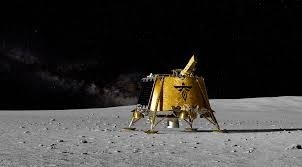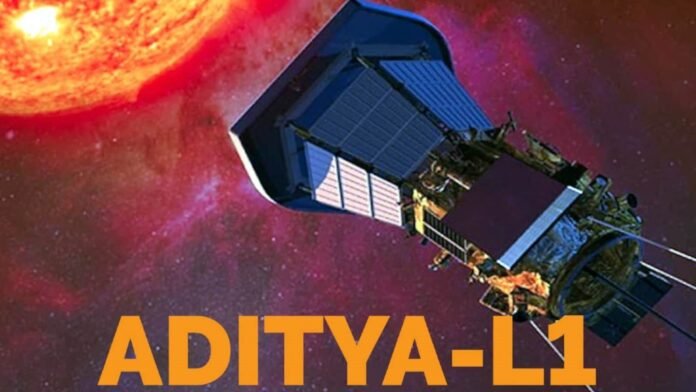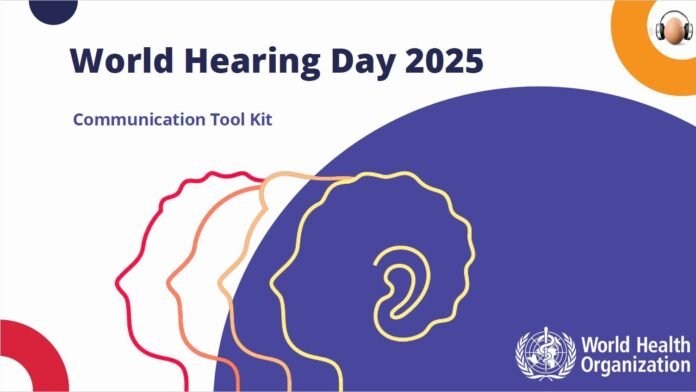Introduction: A Lifeline for State Growth
Imagine running a state, trying to build roads, schools, and hospitals while juggling economic challenges. That’s where the Government of India’s Special Assistance scheme steps in—a financial cushion offering interest-free loans for 50 years. This initiative is not just about money; it’s about unlocking the true potential of states, fueling infrastructure growth, and ensuring that reforms translate into real progress.
The Story Behind the Special Assistance Scheme
Launched in 2021 with a modest ₹12,000 crore, the scheme has grown into a financial powerhouse. By FY24, it had ballooned to a whopping ₹1.3 trillion, proving the government’s commitment to empowering states. A significant chunk—₹30,000 crore—is directly tied to outcome-based reforms, ensuring that funds aren’t just handed out but put to good use.
How the Money Flows: Allocation and Distribution
This year, ₹1.25 trillion has been earmarked under the scheme, with nearly 97% already approved for distribution. But it’s not a free-for-all. Here’s how the funds are split:
- Around ₹55,000 crore is based on each state’s share of central taxes—ensuring fairness in distribution.
- The remaining ₹95,000 crore? That’s tied to reforms, pushing states to modernize, innovate, and improve governance.
The Catch: Reforms That Unlock the Funds
Nothing comes without responsibility. To access these funds, states must:
- Adhere to Centrally Sponsored Schemes, ensuring effective governance.
- Maintain transparency in financial management.
- Develop iconic tourist centres, attracting visitors and boosting local economies.
- Encourage vehicle scrappage to promote cleaner transportation.
- Drive industrial growth to generate jobs and wealth. By linking financial aid to reforms, the government ensures that money is spent where it matters, leading to lasting change.
Who’s Getting the Biggest Slice?
Certain states have emerged as frontrunners in securing these funds:
- Uttar Pradesh received a massive ₹13,042 crore in the first ten months of FY25.
- Bihar and Madhya Pradesh followed with ₹12,907 crore and ₹10,635 crore, respectively. This targeted funding allows these states to accelerate development projects, uplift communities, and fuel economic growth from the grassroots level.
The Economic Ripple Effect
The scheme arrives at a crucial time when India’s GDP growth has been unpredictable. In the September quarter of FY24, growth dipped to 5.4%, the slowest in two years. But then came a rebound—6.2% in the December quarter. What’s helping? Timely approval of these interest-free loans, which spur state-level spending and, in turn, boost the national economy.
Looking Ahead: A Future Built on Smart Investments
As India strides forward, the Special Assistance scheme will remain a key player in its economic story. By focusing on reforms, infrastructure, and responsible spending, it paves the way for a stronger, more self-reliant India. The message is clear: when states grow, the nation thrives.
This initiative is more than a policy—it’s a vision for progress, a commitment to better governance, and a bridge between financial support and real, measurable development.











